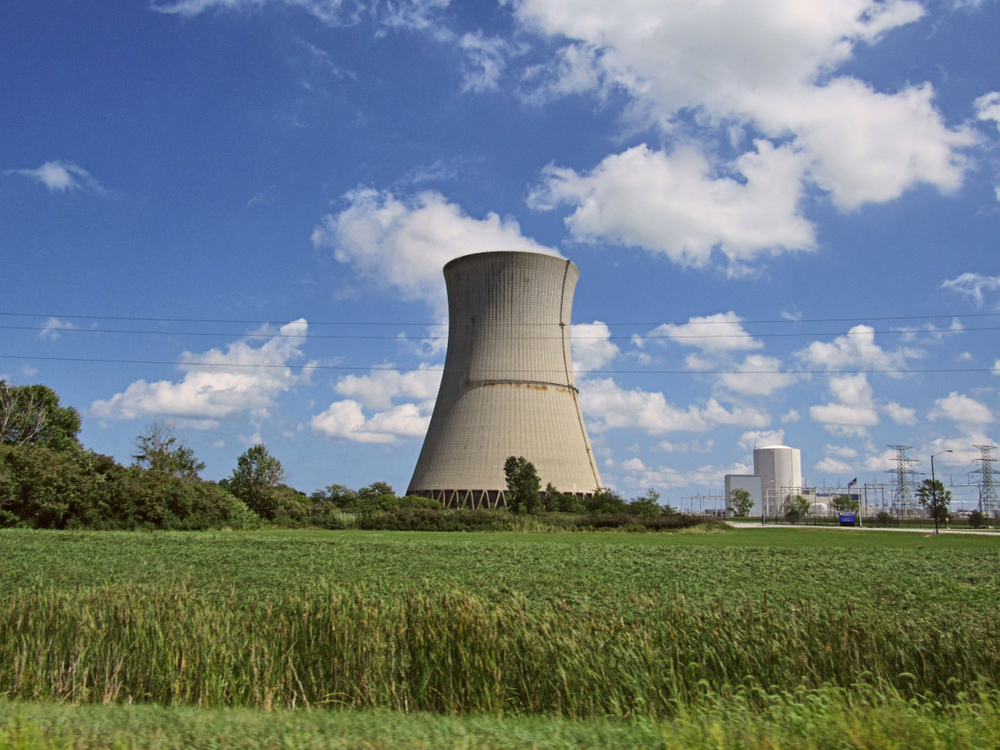Ohio becomes fifth state to provide subsidies for nuclear power plants

Ohio legislators enacted a policy to provide subsidies for nuclear-generating plants in the state.
They are the fifth state to do so, along with Connecticut, Illinois, New Jersey, and New York. These five states have unbundled electricity markets where generators do not receive cost recovery from state regulatory commissions. In states with more traditional state-regulated power markets, the cost of electricity is regulated by state commissions, which can offer power plants protection from rising costs.
However, in states with retail choice, plant owners generally do not have that protection. Some owners are unable to recover all costs of operation in today’s relatively low-price wholesale market, according to the U.S. Energy Information Administration. The support programs in these five states allow the owners to make up for unrecovered costs, which are usually funded by surcharges to electricity customers.
The five states’ subsidy programs vary by the timing and amount of the subsidies. Most programs involve zero-emission credits (ZECs) that utilities are obligated to buy from nuclear generators. The timing of subsidy programs ranges from six years for the Ohio program to 12 years in New York. Owners of nuclear plants must secure approval from state authorities before receiving the subsidy. All of the nuclear capacity in New Jersey and Ohio is eligible for state support programs, while a portion of the nuclear capacity in Illinois, New York, and Connecticut are eligible for support.
The programs in Illinois and New York have been challenged in federal court. Plaintiffs say the subsidies interfere with the jurisdiction of the Federal Energy Regulatory Commission (FERC) over rates for wholesale power. However, the courts have rejected all challenges so far, allowing the programs to remain in place.
